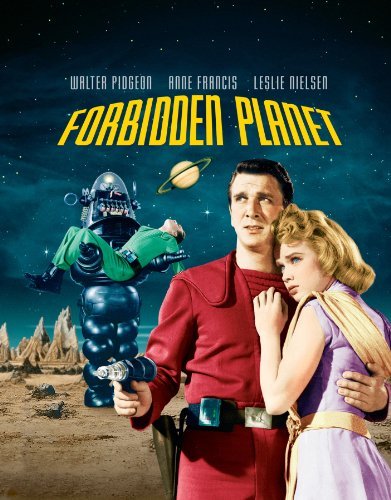
“Monsters of the ID…”
Set sometime after the year 2200, 1956’s Forbidden Planet begins with a mystery: why did the scientific colony on Altaire IV abruptly go silent? To answer that question is the mission of United Planets Cruiser C57D, under the command of J.J. Adams, to ascertain the status of the colony.
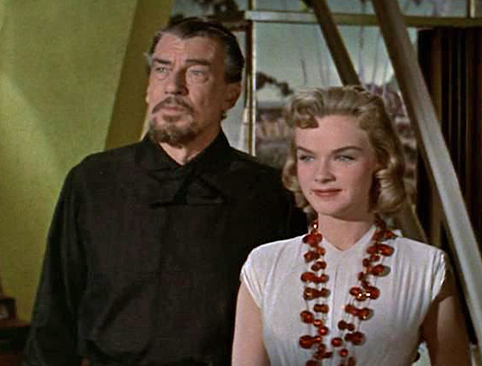
They arrive and find only two survivors of the colony, the eminent scientist Dr. Edward Morbius and his daughter, Altaira.
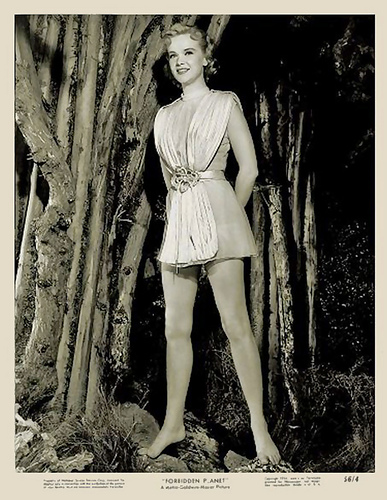
Altaira, too young to remember the other scientists of the colony, lives in comfort and security in the house where her father is studying a vast, underground alien computer capable of inserting knowledge directly into the brain – and giving the “user” pretty much whatever he wanted. While her father worked, Altaira (or “Alta”) enjoyed the companionship of her animal friends that lived in her large garden (which included at least one tiger), and a robot companion called Robby.
The aliens, known as the Krell, vanished thousands of years before, leaving this massive, still-functioning machine that was the repository of incredible knowledge – and so much more, as the investigating saucer from Earth would discover.
The men of ship C57D – “…18 competitively selected super-perfect physical specimens with an average age of 24.6 who have been locked up in hyperspace for 378 days…” to quote Commander Adams during a tense moment when his men are clamoring for Altaira’s attention – are the first human men the girl has ever seen, other than her father, and she is understandably intrigued.
Her father is less than amused. And when it becomes clear that his daughter and Commander Adams have fallen in love, all Hell breaks loose – thanks to that incredible alien machine and its link to Dr. Morbius’ psyche.
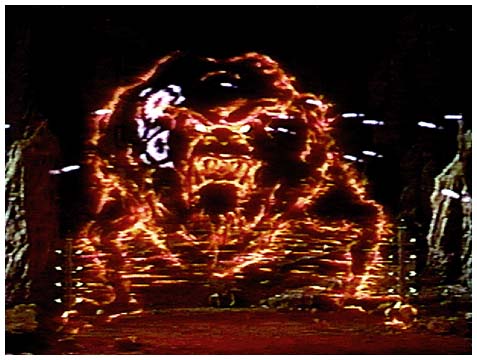
Forbidden Planet was from MGM, directed by Fred McLeod Wilcox, and starred the great actor Walter Pidgeon as Dr. Edward Morbius, a brilliant yet deeply flawed man who was unable to see his own shortcomings.
Anne Francis played Altaira – another ingénue role for an actress more talented than she was credited with at the time, who spent most of the movie barefoot.
Commander J.J. Adams was played by Leslie Nielsen, well regarded at the time as a leading man (who in later life re-invented himself as a brilliant comic actor).
Other cast members, the crew of the C57D, included Warren Stevens (who would later guest-star as “Rojan” in the Star Trek episode “By Any Other Name”)playing “Doc” Ostrow, Richard Anderson (later “Oscar Goldman” of Six Million Dollar Man) was Chief Quinn, and Earl Holliman was the comic relief as the ship’s cook.
There was one other star of this movie – not that they necessarily intended him to be a star – and that was the robot, Robby, who would become a sci-fi icon in his own right.
Designed by Robert Kinoshita (who went on to be the Art Director for the series Lost in Space) and built by the MGM Prop Department for a reported cost of $125,000, Robby became a phenomenon of his own, as recognizable to this day as the human stars he played beside.
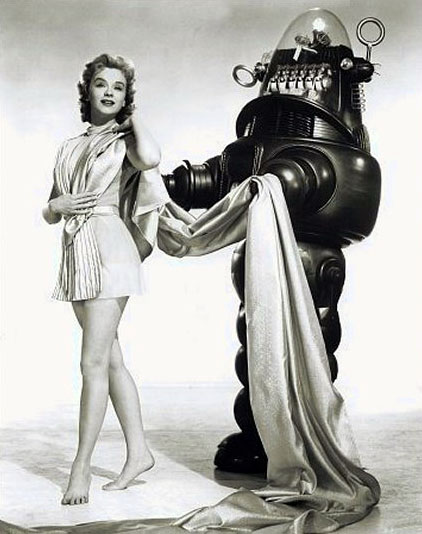
Robby was voiced by actor Frankie Darrow (uncredited), and operated by MGM technician Glen Robinson. Robby stands about 7’6″ and weighs in at about 300 pounds.
Robby appeared the next year in the B-movie The Invisible Boy.
The original Robby robot is in the possession of collector and film director Bill Malone, but a replica was built in the mid-1970’s and continues to make appearances.
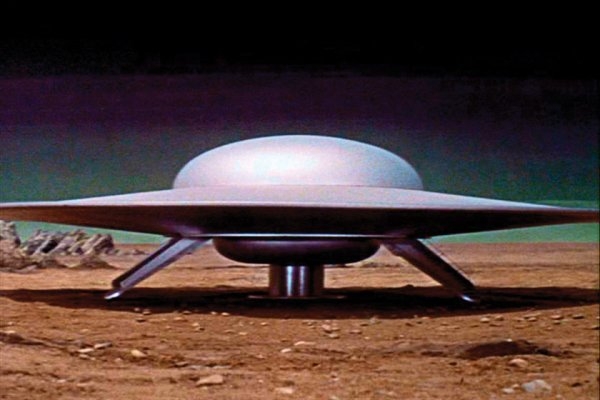
The budget for science fiction films to this point were normally a fraction of that for other, more mainstream films. Science fiction simply wasn’t taken seriously by the major studios. However, Forbidden Planet‘s budget expanded to almost 2 Million Dollars US – then a significant sum for any movie – and its popularity proved the potential of a properly-supported sci-fi film. Had MGM not taken the financial risk on this film, we probably would never have seen the blockbuster sci-fi films that followed.
That’s not to say Forbidden Planet was Shakespeare, even though it was very loosely based on “The Tempest.” The characters are archetypes, the dialogue occasionally stiff or forced, but the story moves at a good pace and there is little room to be bored, even watching today. The production took risks with the special effects, and most of the time the risks paid off – but if your eyes are quick some of the mistakes are apparent.
As is the case with all classic films, though, the less-than-perfect moments pale against the overall viewing experience. The story is carried along at a brisk pace, the actors do terrific things with the material, and the psychology that is the underpinnings of the story is surprisingly deep despite a certain simplicity in the presentation. The sets, effects, matte paintings, lighting, etc. also make it bright and colorful, an interesting visual experience as well.
Forbidden Planet paved the way for the big-budget sci-fi extravaganzas that we all grew up with and loved. Forbidden Planet deserves its place as a true classic science-fiction film.
– written by John Pickard